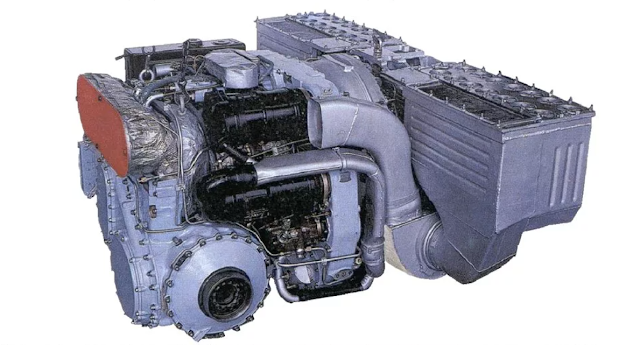An integration that would be foolish to not take seriously
With the adoption of the BMP-3 in 1987 by the Soviet Army, the vehicle featured many
It is important to note that a vehicle deployed in a march or active combat should have onboard features that comfort its crew.
After developing the BMP-3, Kurganmashzavod has been working on the Kurganets-25. An IFV is meant to replace older generations of IFVs currently serving in the armed forces.
The Kurganets-25 is similar to the BMP-3. Utilizes a centrally-mounted combat module and a troop compartment at the rear of the hull. It differs from the BMP-3 in that the engine bay is mounted at the front of the vehicle. However, the BMP-3 has
A basic folding design is located in the rear hatch. The entire contraption unfolds. The toilet also has a cushion, a massive upgrade over the BMP-3 toilet design. It is unknown where the waste is
Installing toilets
A sense of humour is the ability to understand a joke - and that the joke is oneself.
References: "Combat Approved" - ENG channel









Comments
Post a Comment